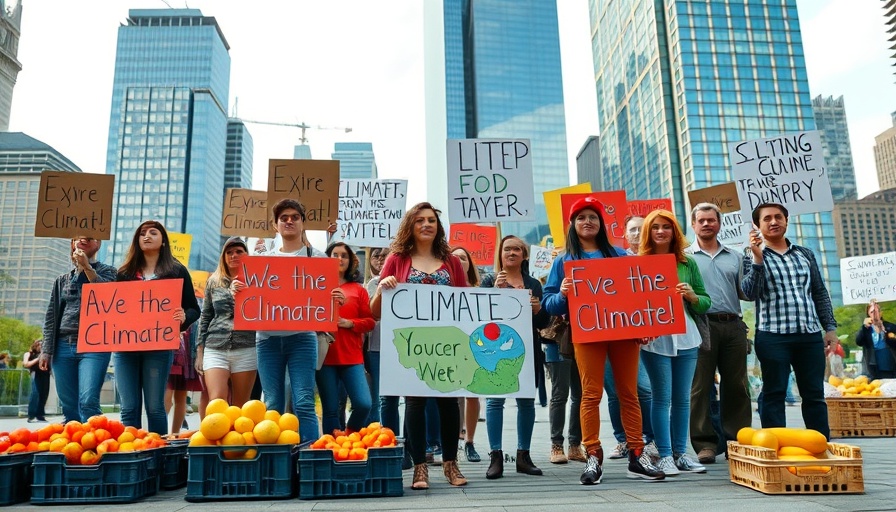
India's Climate Financing Reality: A More Optimistic Perspective
As the world grapples with climate change, India's quest for a sustainable future is often clouded by discussions of staggering financing needs. With estimates hovering between US$160 billion and US$288 billion needed annually to meet our climate goals, many are left wondering how such vast sums could be mobilized. However, a recent study offers a refreshing outlook, demonstrating that the actual climate finance gap is narrower than previously thought.
The Core Areas of Spend
Focusing on four major sectors—power, steel, cement, and road transport—this research employs a bottom-up approach to clarify India's financing obligations. The total financing requirement for climate adaptation and mitigation is pegged at US$467 billion by 2030, translating to about US$54 billion per year. This figure represents just 1.3% of India's GDP, significantly less than earlier estimates. With recent advancements in renewable technology, transitioning to clean energy sources becomes increasingly cost-efficient with solar power installations costing about half that of coal plants.
Sector-Specific Insights: Steel and Cement
The steel and cement sectors command the highest financial demands, estimated at US$251 billion and US$141 billion respectively. Here lies a dual challenge: Not only do these industries need to decarbonize quickly, but they also anticipate expansion—with steel production projected to rise by 80% and cement production by nearly 81% between now and 2030. The pressing need for innovation in these sectors represents an opportunity for technological advancement and economic development.
Shifting the Narrative on Renewable Energy
The dialogue surrounding energy transitions has largely emphasized expense. However, the falling costs of renewable energy solutions have paved a clearer path forward. As our reliance on fossil fuels diminishes, India confronts a chance to revamp its energy portfolio toward greener alternatives. This transition not only secures energy independence but also promises job creation in emerging green sectors.
India's Road Transport Sector: A Rising Challenge
The road transport infrastructure also presents a vital area for climate finance. With an estimated requirement of US$18 billion by 2030 to facilitate the shift from conventional vehicles to electric transportation, there lies a significant opportunity for policymakers and investors. Addressing this sector's challenges can catalyze substantial sustainable living benefits, including improvements in air quality and a reduction in carbon footprints.
Our Path Forward: Bridging the Financing Gap
As awareness of climate change grows, it becomes imperative to harness our collective capabilities toward sustainable development. The figures outlined by the recent study illustrate that not all hope is lost regarding climate finance. By focusing our resources on high-emission sectors and leveraging advancements in green technology, India can align its economic growth with its environmental commitments.
Encouraging Sustainable Practices
In light of these insights, there is a unique value in individuals adopting sustainable living practices and supporting eco-friendly products and initiatives. From opting for renewable energy solutions in our homes to supporting green transportation options, every action counts. Choices made at both individual and community levels play a critical role in reducing our collective carbon footprint and fostering a sustainable future.
The Bigger Picture: Global Implications
India's strategy holds lessons not just for our nation but for developing economies across the globe. As we set the stage for a cleaner, greener future, other nations can look to India's model of targeted investments in key sectors, encouraging emerging markets to tackle climate challenges head-on while still feeding economic growth.
As we continue to analyze climate financing models, let us remember the potential we have to drive systemic change. Sustainable development initiatives can lead to healthier environments, greater biodiversity, and stronger community resilience. Engaging in eco-conscious practices today is not merely about fulfilling an obligation; it is ensuring a viable planet for future generations.
 Add Row
Add Row  Add
Add 



Write A Comment